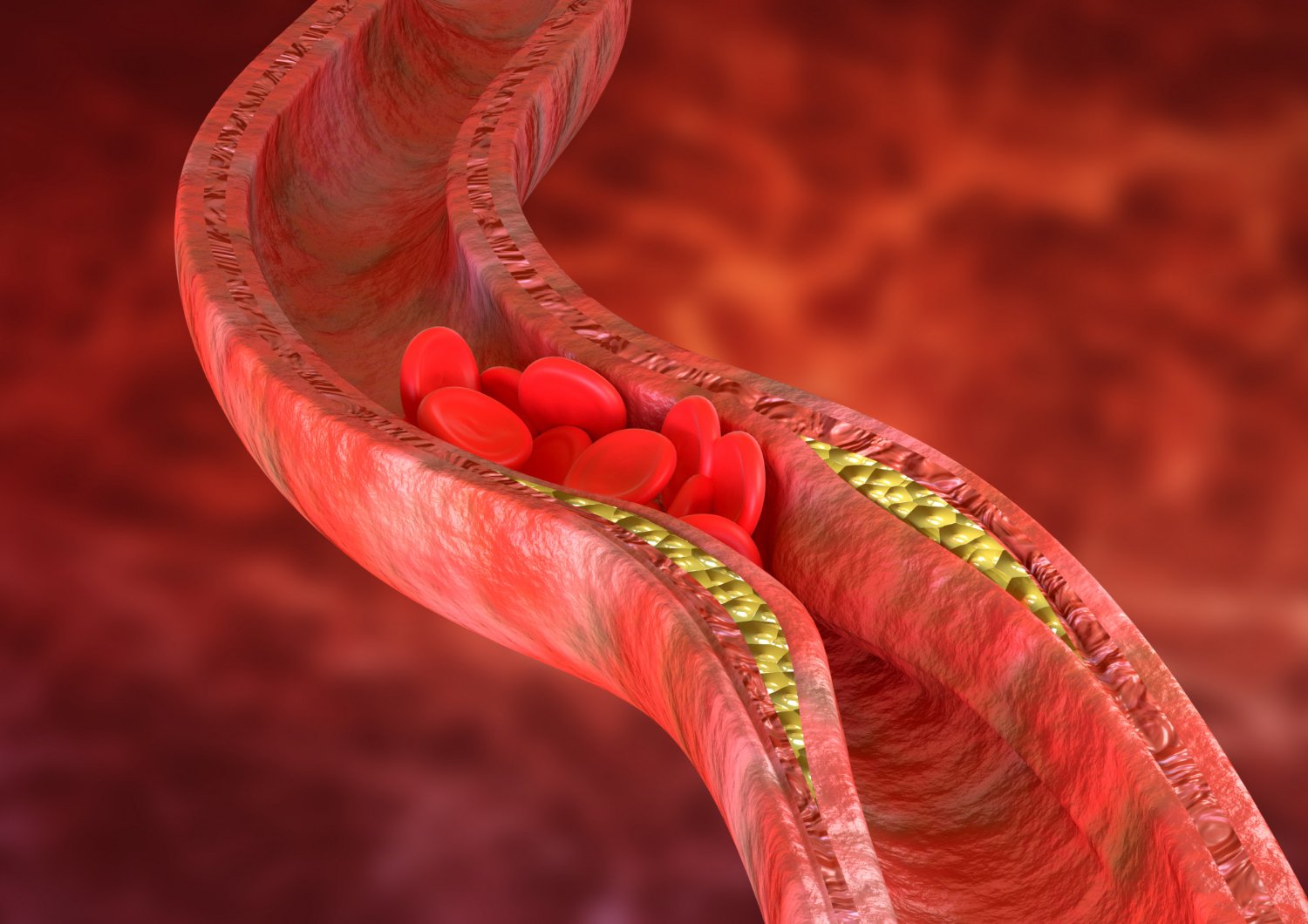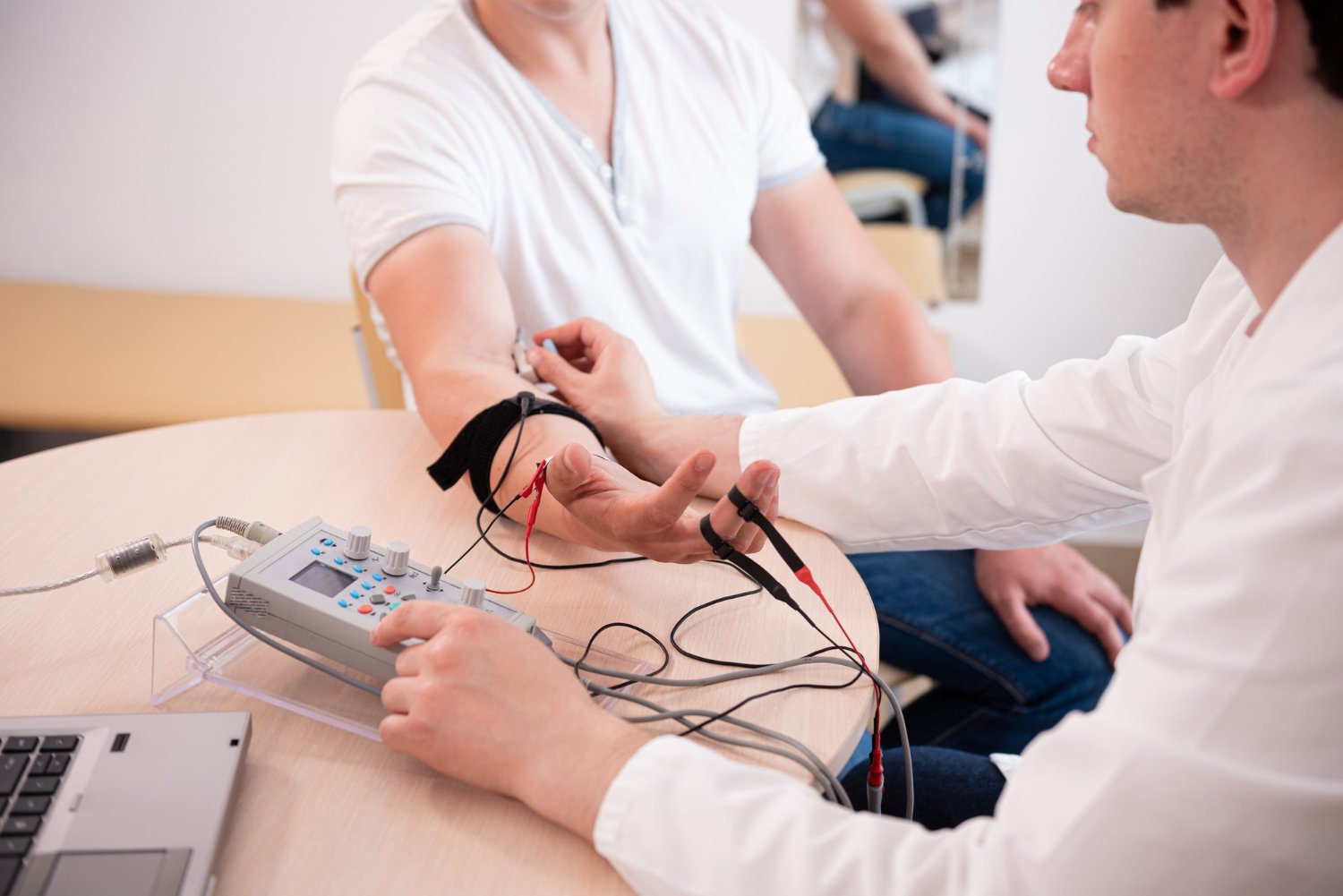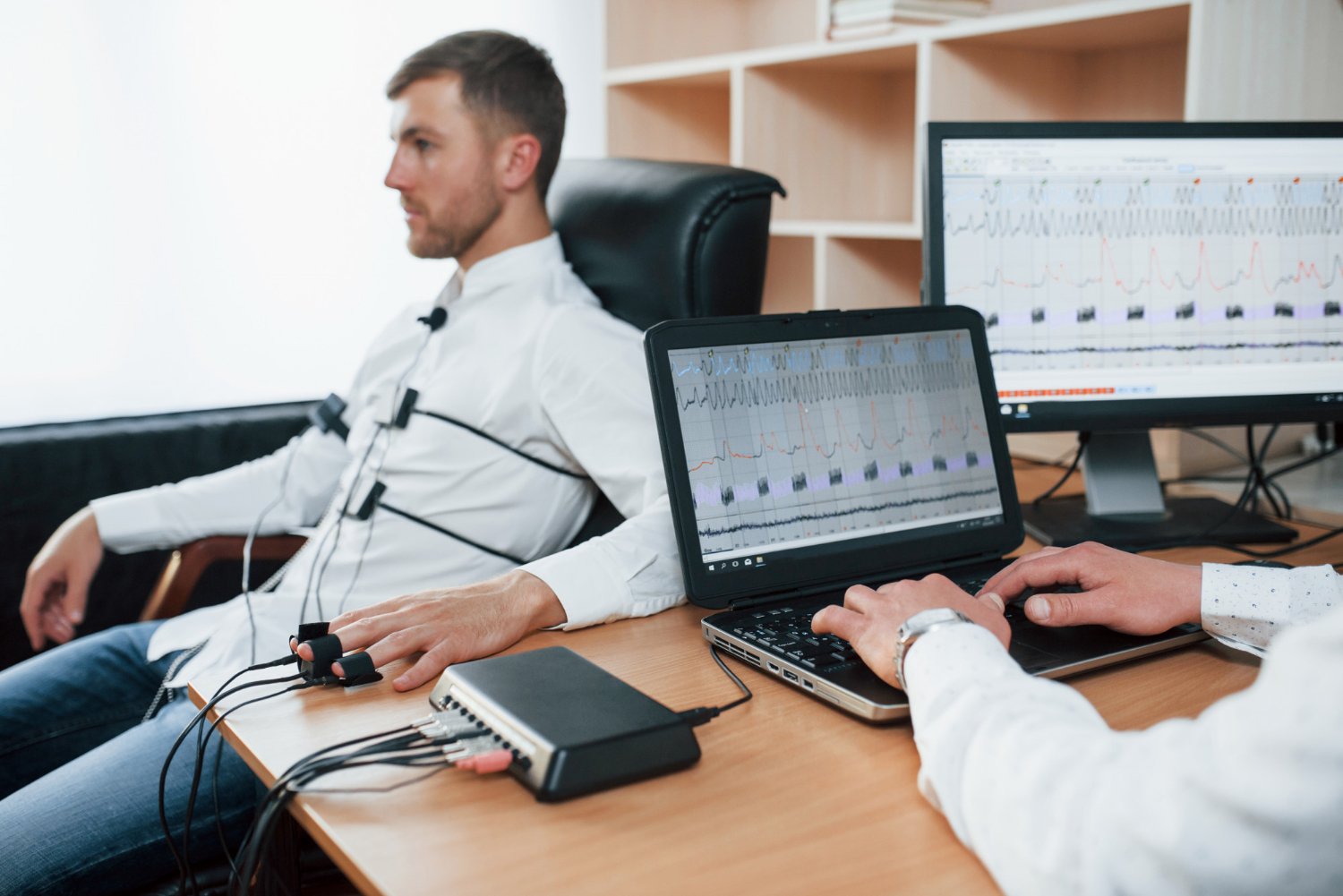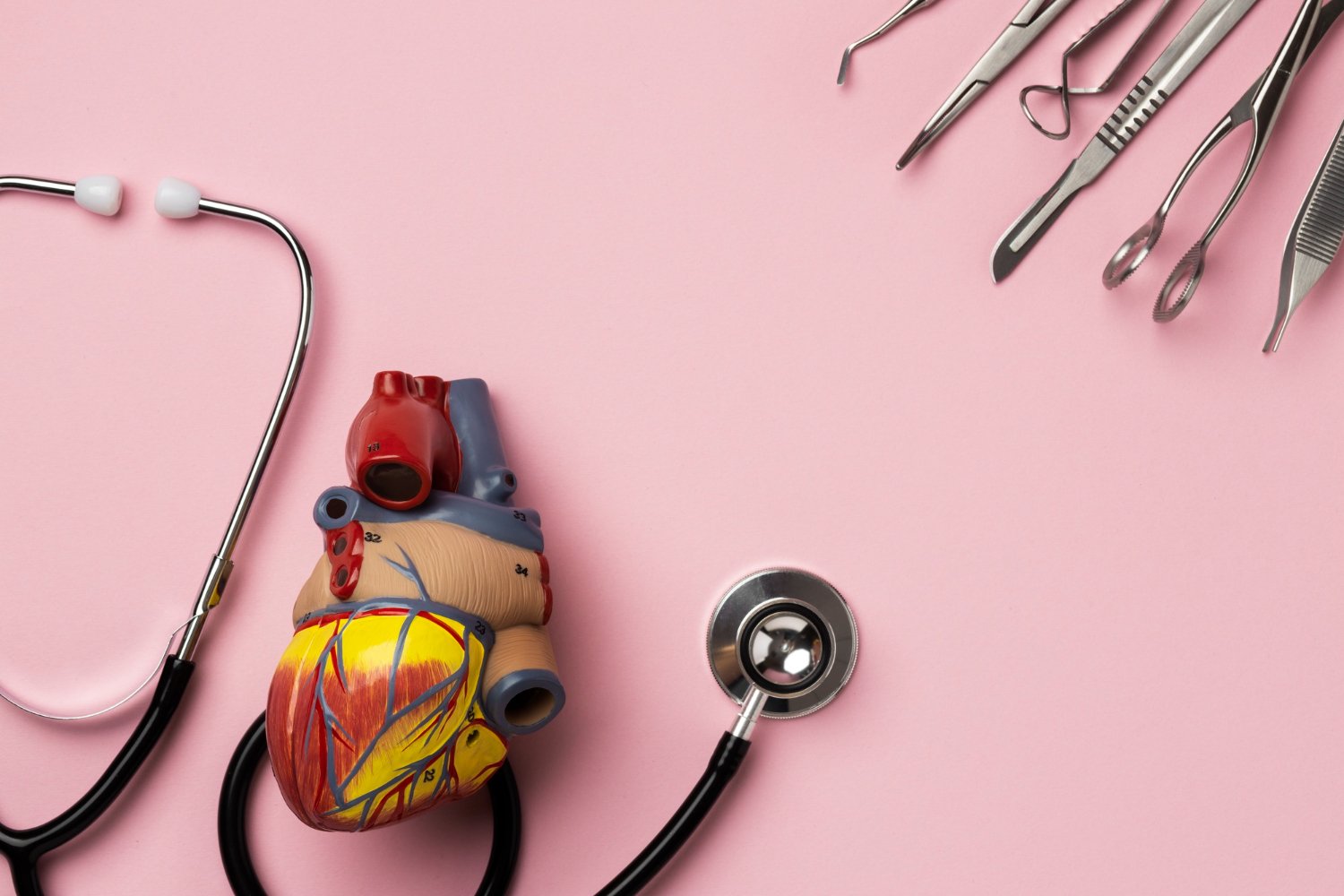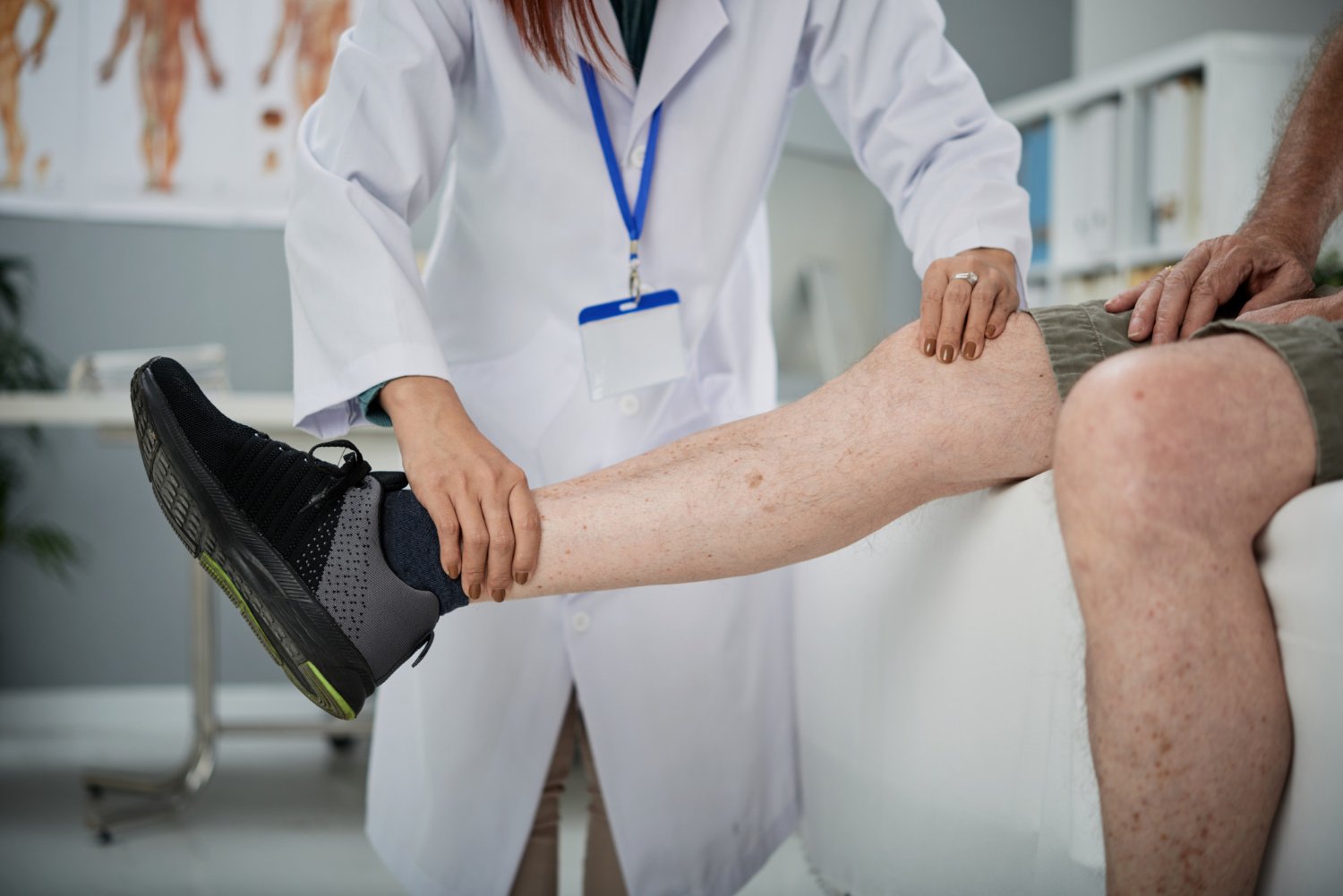
Peripheral Artery Disease (PAD) is a common yet serious circulatory problem that affects millions worldwide. It occurs when the arteries that carry blood to the limbs — most commonly the legs — become narrowed due to plaque buildup. This restricts blood flow, leading to pain, numbness, and an increased risk of infection or even amputation in severe cases.
PAD is not just a problem of the legs; it is often a sign of widespread atherosclerosis that may also affect the heart and brain. This means patients with PAD have a higher chance of heart attack and stroke if left untreated. Recognizing and managing PAD early under the guidance of an expert cardiologist like Dr. Gautam Naik, one of the leading heart specialists at Apollo Hospital, Delhi, is crucial for long-term vascular and cardiac health.
Peripheral Artery Disease (PAD), sometimes called Peripheral Vascular Disease (PVD), is caused by the narrowing or blockage of arteries due to fatty deposits known as plaque. Over time, this buildup reduces blood flow to muscles and tissues, especially in the legs and feet.
When muscles don’t get enough oxygen-rich blood during activity, pain or cramping can occur — a classic symptom called claudication. As the disease progresses, even mild activity such as walking short distances can cause significant discomfort. In advanced cases, patients may experience pain even at rest, non-healing wounds, or gangrene.
The main cause of PAD is atherosclerosis, a process where fatty deposits accumulate inside the artery walls. Several factors increase the risk of developing PAD, including:
Individuals who smoke or have diabetes are at particularly high risk, and they should get screened for PAD even if symptoms are mild.
Peripheral Artery Disease often develops gradually, and symptoms may vary from person to person. The most frequent signs include:
Ignoring these symptoms can lead to severe complications, such as tissue damage or critical limb ischemia.
Accurate diagnosis of PAD requires a detailed clinical assessment by a vascular or cardiac specialist. Common diagnostic tests include:
Consulting an experienced cardiologist like Dr. Gautam Naik ensures accurate evaluation and tailored treatment to prevent long-term complications.
Treatment of Peripheral Artery Disease focuses on improving blood flow, relieving symptoms, and preventing cardiovascular complications.
When lifestyle changes and medications are insufficient, advanced treatments may be needed:
These modern, minimally invasive approaches are highly effective and restore blood flow with faster recovery times — especially when performed by experienced cardiologists and interventional specialists like Dr. Gautam Naik.
If not treated on time, PAD can lead to serious complications such as:
While some risk factors like age or genetics cannot be changed, many aspects of PAD can be prevented through healthy lifestyle choices:
Dr. Gautam Naik is widely recognized as one of the best cardiologists in Apollo Hospital, Delhi, known for his excellence in managing complex heart and vascular disorders, including Peripheral Artery Disease.
With years of experience in interventional cardiology, Dr. Naik specializes in angioplasty, stenting, and endovascular procedures that restore blood flow safely and effectively. His approach combines cutting-edge technology with personalized patient care, ensuring the best possible outcomes for individuals suffering from PAD or other cardiovascular conditions.
Patients under his care benefit from:
Whether you have early symptoms or advanced PAD, consulting Dr. Gautam Naik at Apollo Hospital, Delhi, ensures comprehensive and world-class cardiac and vascular care.
Peripheral Artery Disease is a warning signal that your circulatory system needs attention. Timely diagnosis, lifestyle management, and professional care can make a life-changing difference.
Under the expert guidance of Dr. Gautam Naik, patients with PAD receive advanced, evidence-based treatment to improve blood flow, relieve pain, and protect heart health. For anyone experiencing leg pain, numbness, or fatigue during walking, it’s time to get evaluated — because early intervention saves limbs and lives.
